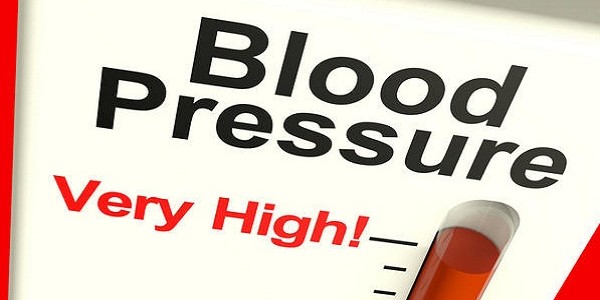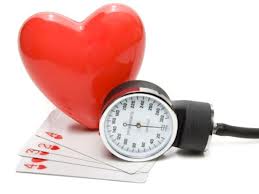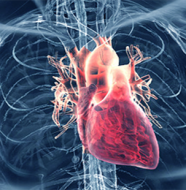What is considered high blood pressure?
According to statistical fact sheet of 2012, updated from the American Heart Association, about 76.4 million people age 20 and older have high blood pressure and one in three adults in the United States has high blood pressure. Of those most of them were unaware that their blood pressure was abnormally high. Hypertension is also called silent killer because generally there are no symptoms or any side effect for years that would lead someone to suspect that they have high blood pressure until they are diagnosed by the physician.
Blood pressure is defined as the amount of force that the blood exerts on the veins and arteries as it circulates through the body. Blood pressure is typically recorded with two numbers.
Systolic number is the top number measures the pressure in the arteries when the heart beats i.e. when the heart muscle contracts and diastolic number is the bottom number, measures the pressure in the arteries between heartbeats i.e. when the heart muscle is resting between beats and refilling with blood. The systolic number is mentioned over the diastolic number such as 120 over 80, and is written as 120/80. In a healthy individual blood pressure is 120/80 mm Hg. Anything above those numbers means you have high blood pressure.
The diagnosis of hypertension should be based on at least two blood pressure measurements over time.
Stages of hypertension
Normal resting blood pressure is 120/80 mmHg.
Pre-hypersensitive: Those diagnosed with blood pressure of 120-139/80-90 are considered to be pre-hypertensive and your risk of cardiovascular disease is low. Pre-hypertension typically responds well by making changes to your lifestyle.
Stage 1 Hypertension: Those with blood pressures of 140-159/90-99 are considered to have Stage one hypertension and you are at the risk of cardiovascular disease in the next 10 years and can be treated effectively with medications and lifestyle adjustment.
Stage 2 Hypertension: Those with blood pressures of 160 or higher/100 or higher are Stage Two hypertensives and should seek immediate medical care. Possibly with further test, depending on your health.
Following table shows the classification of blood pressure for adults aged 18 years and older
-
Classification of Blood Pressure for Adults Aged 18 Years and Older*
Category
Systolic Pressure (mm Hg)
Diastolic Pressure (mm Hg)
Normal
<120
<80
Prehypertensive
120-139
80-89
Stage 1
140-159
90-99
Stage 2
>160
>100
These definitions apply to adults who are not taking anti hypertensive drugs and who are not acutely ill. When systolic and diastolic blood pressures fall into different categories, the higher category should be selected to classify the individual’s blood pressure status.
Isolated systolic hypertension is a systolic blood pressure above 140 mm Hg and a diastolic pressure below 90 mm Hg. This is more common in the elderly for whom vascular compliance is lost.
Diagnosis is based on the average of two or more readings taken at each of two or more visits after an initial screening.Diabetics and chronic kidney disease (CKD) patients should be treated to reach a goal blood pressure of <130/80 mm Hg.
What is considered high blood pressure – Article Published thedashdiet.net









 We're committed to bringing you the best in health and helping you discover the wonderful world of the DASH diet. If you're looking to control your blood pressure, hypertension, or just looking to get into great health, we're here to help.
We're committed to bringing you the best in health and helping you discover the wonderful world of the DASH diet. If you're looking to control your blood pressure, hypertension, or just looking to get into great health, we're here to help.



